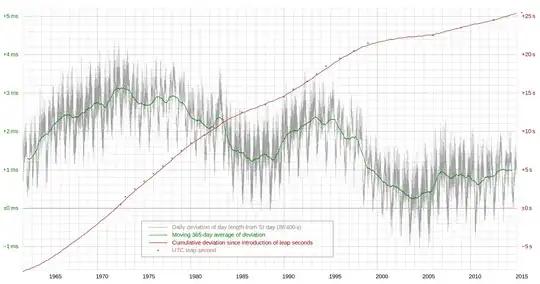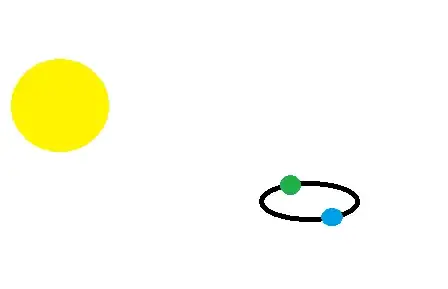In general: the conservation of angular momentum in orbital motion leads to Kepler's second law. The velocity and angular motion changes over the course of the orbit. Energy is transferred between kenetic and potential energy, their sum being constant. The body is not stressed except by secondary tidal effects.
The concervation of angular momentum of the body's rotation will be a gyroscope: the axis and the rate of spinning around it will remain constant no matter where the body is moved to during its orbit.
Application of a force will cause the axis to precess. This moves the axis in a different direction to the applied force, and the acceleration is felt throughout the body. To apply a torque, pushing one part of the planet differently than another, cannot affect everything equally like free-fall, so stresses will be felt throughout as the acceleration is trasmitted from the place of its application to the rigid body.
Changing the rate of rotation without changing the axis will also necessarily cause stresses and accelleration to be felt. Energy will be lost, so such a process can't simply flow back and forth, but must be powered.
Besides that friction in any real extended body, you need to transfer angular momentum between degrees of freedom in various bodies. The moon is receeding because the tide friction slows the earth and the angular momentum must go somewhere.
How can angular momentum be transferred to/from a body? Only through a force acting non-uniformly on the body. That's hard to do with gravity since the only non-uniformity is secondary differential due to the distance across the body. So, it won't act quickly.
Actually, the Earth does change its rotation cyclicly over a year!

If you zoom in, you'll see that the time goes up and down by about 2ms each year, with the real change being a longer slower shift of the average.
This is due to transfer of angular momentum with the atmosphere, which is seasonal and differs in the northern and southern hemispheres. The overall trend is slowing, due to friction.
Some icy moons may have a solid crust over liquid mantle, and undergo superrotation as it slips. The tidal stress on Europa for example doesn't match the rotation observed, so it appears to have slipped during the past. Again, this has great friction and isn't something that can continue indefinitely.
If you had part of the body rotating (or holding angular momentum in a more chaotic manner) and transferring that back and forth with the crust, it would be very small or very temporary. You would need a way to add energy in a controlled manner to replace the friction.

